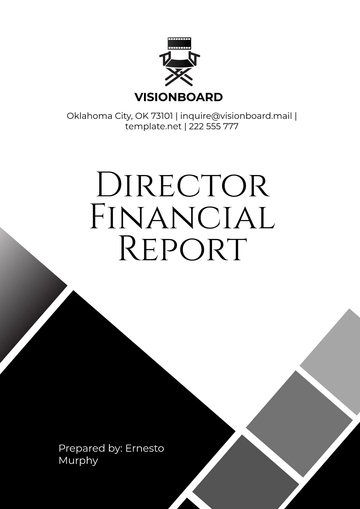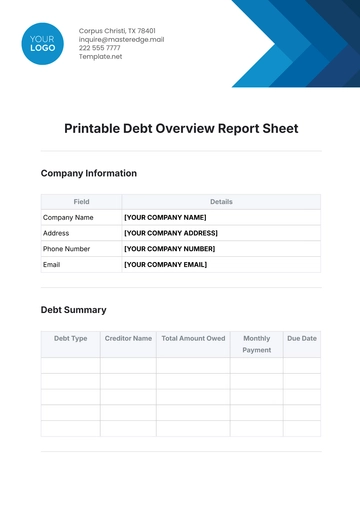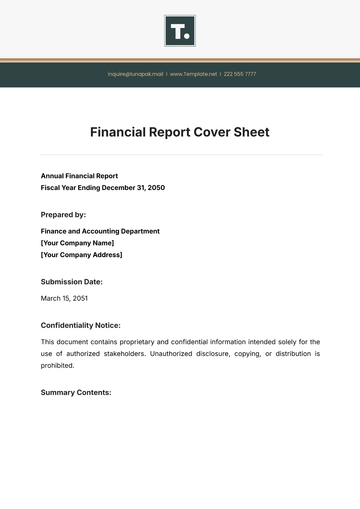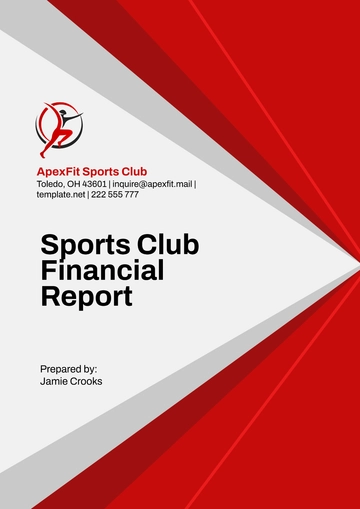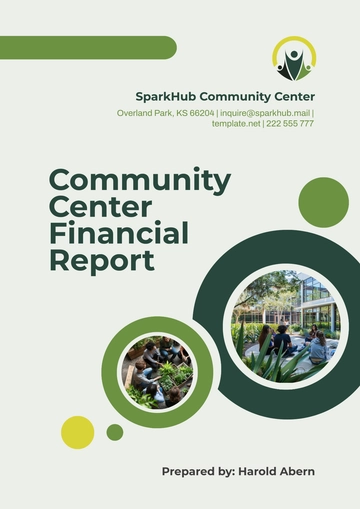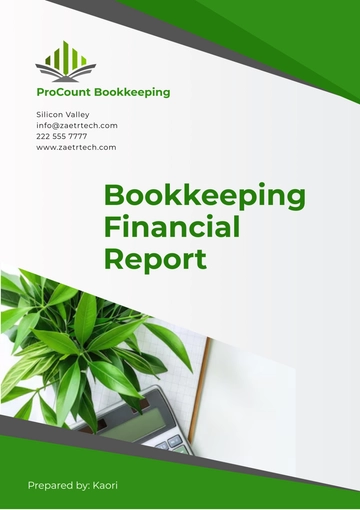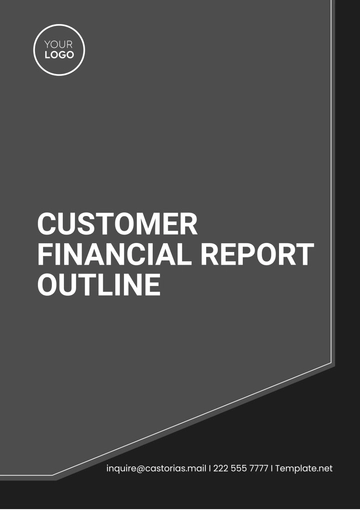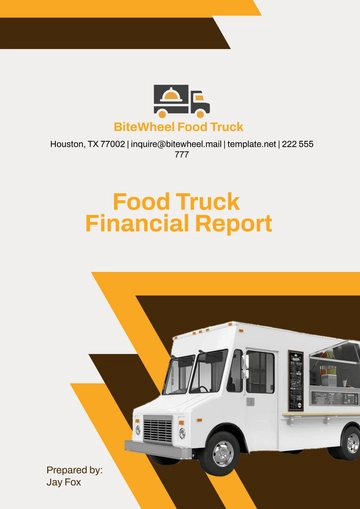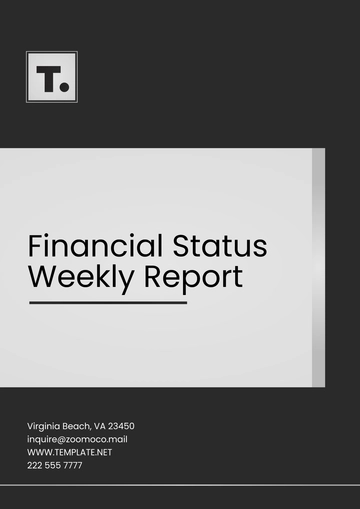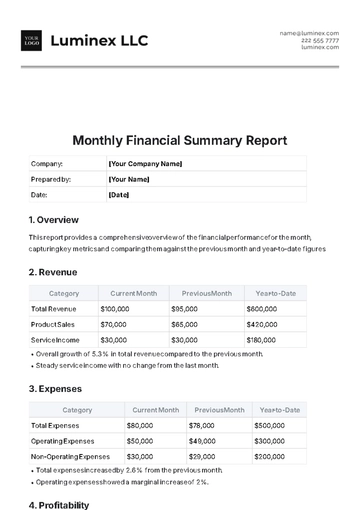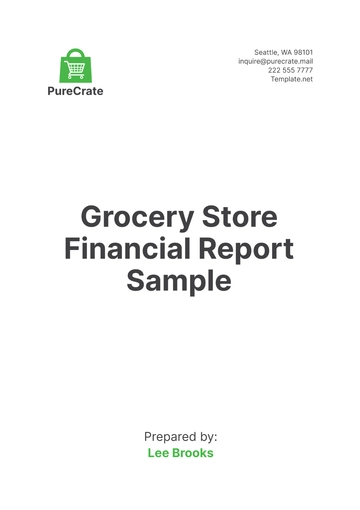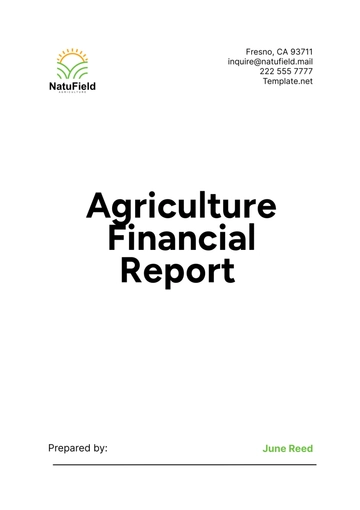Free Financial Crisis Reporting Protocol
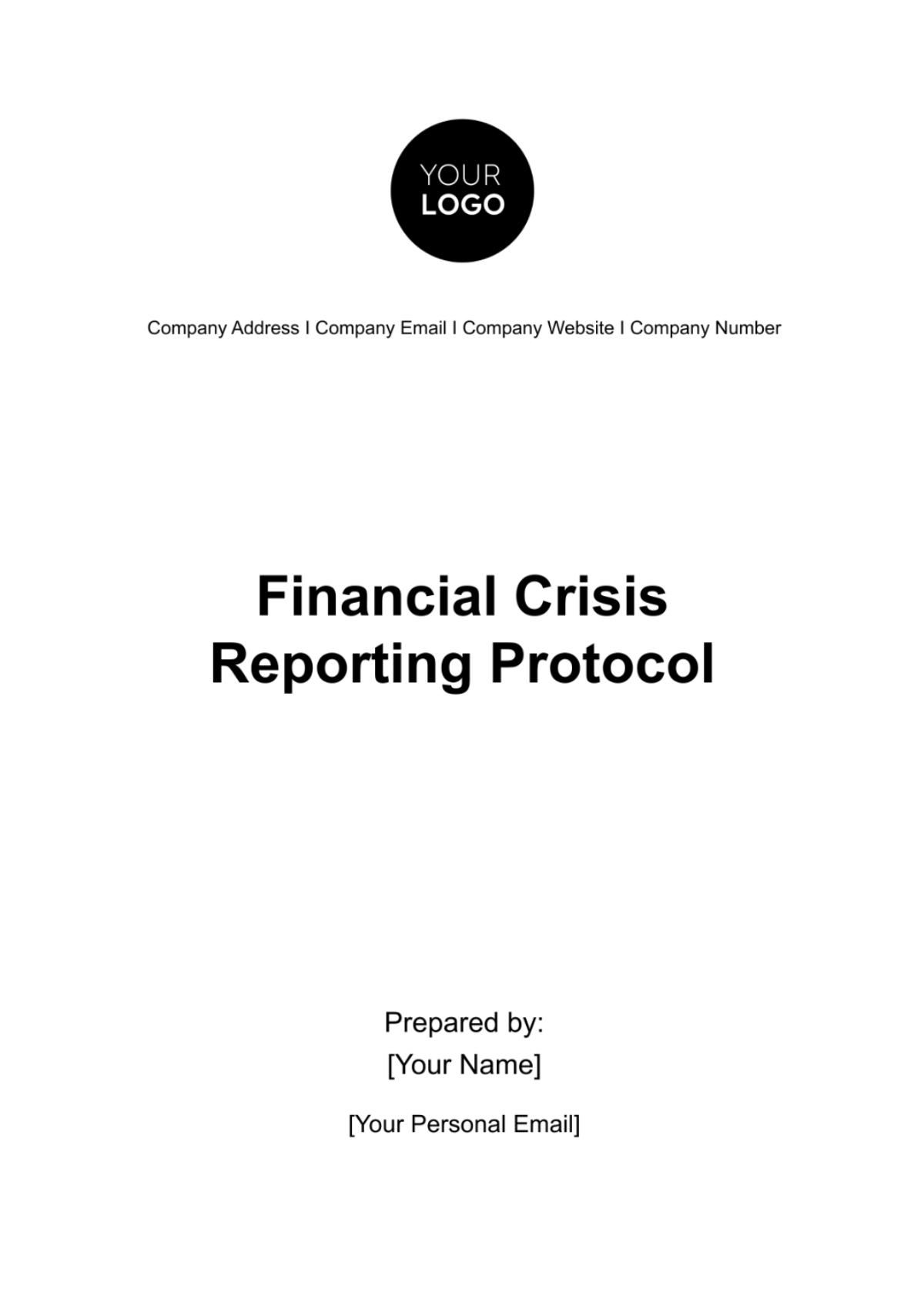
I. Introduction
Purpose of the Protocol:
The Financial Crisis Reporting Protocol (FCRP) is established to foster transparency, communication, and collaboration among financial entities and regulatory authorities during times of financial instability. By providing a structured framework for reporting, the FCRP aims to mitigate systemic risks, enhance regulatory oversight, and ensure the resilience of the financial system. The protocol underscores the crucial role of timely and accurate reporting in facilitating a coordinated response to financial crises, thereby safeguarding the stability and integrity of the financial markets.
Scope and Applicability:
The FCRP is applicable to all financial entities operating within the jurisdiction, recognizing the interconnected nature of the financial system. It encompasses a wide array of potential crises, including liquidity shortages, solvency concerns, and other systemic risks that could undermine the stability of financial markets. The protocol's inclusive scope is designed to capture both traditional financial institutions and emerging financial service providers, ensuring a comprehensive and adaptive approach to crisis reporting.
II. Regulatory Framework
Legal Basis:
The enactment of the Financial Crisis Reporting Protocol is grounded in the Financial Crisis Reporting Act of [Year], which empowers the [Regulatory Authority] to promulgate regulations for crisis reporting. The legal framework provides the necessary authority for the Regulatory Authority to establish reporting requirements, conduct investigations, and enforce compliance measures. This ensures that the FCRP operates within a well-defined legal context, instilling confidence in the financial community and facilitating effective regulatory oversight.
Regulatory Oversight:
The Regulatory Authority, as the custodian of financial stability, exercises continuous oversight over the FCRP. This involves regular assessments, consultations with reporting entities, and collaboration with other regulatory bodies and government agencies. The Regulatory Authority is committed to maintaining a proactive and adaptive approach to oversight, ensuring that the FCRP evolves in response to changing market dynamics and emerging financial threats.
III. Reporting Entities
Identification:
Entities subject to reporting obligations under the FCRP are identified based on a comprehensive assessment of their systemic importance. Criteria for identification include the size of assets, interconnectedness within the financial system, and potential impact on market stability. This risk-based approach ensures that reporting obligations are proportionate to the significance of each entity, facilitating a more targeted regulatory response to potential crises.
Reporting Thresholds:
To accommodate the diverse nature of financial entities, the FCRP establishes varying reporting thresholds. These thresholds are periodically reviewed to reflect changes in market conditions and ensure the effectiveness of the protocol. By tailoring reporting requirements to the unique characteristics of each entity, the FCRP seeks to strike a balance between regulatory burden and the need for comprehensive crisis reporting.
IV. Reporting Requirements
Data Elements:
Reporting entities are required to submit a comprehensive set of data elements, encompassing financial metrics, risk exposures, and other relevant information. This includes but is not limited to balance sheets, income statements, stress test results, and assessments of potential contagion effects. The detailed data requirements aim to provide regulators with a holistic and granular understanding of each entity's financial health, enabling more informed decision-making during crisis situations.
Frequency of Reporting:
The FCRP establishes a tiered reporting schedule, with regular reporting intervals and provisions for ad-hoc reporting triggered by predefined events. The frequency of reporting is tailored to the severity and nature of the crisis, ensuring that regulators receive timely updates on evolving financial conditions. This dynamic reporting framework allows for a swift response to emerging risks, fostering a proactive and collaborative approach to crisis management.
V. Crisis Scenario Definitions
Types of Financial Crises:
The FCRP categorizes financial crises into distinct types, including liquidity crises, solvency issues, and systemic risks. Each crisis type is defined with specific criteria, allowing for a clear and consistent understanding across reporting entities and regulatory authorities. This systematic classification facilitates a more targeted and effective response to the unique challenges posed by different types of financial crises.
Severity Levels:
A scale of severity levels is established to gauge the magnitude of a financial crisis. This scale guides reporting entities in assessing the gravity of a situation and determines the corresponding response measures outlined in the protocol. The severity levels also serve as a basis for regulatory intervention, allowing the Regulatory Authority to calibrate its actions based on the perceived risk to financial stability.
VI. Reporting Procedures
Initiation of Reporting:
Reporting entities are instructed on the precise process for initiating a report when a financial crisis occurs. Clear guidelines outline the steps to be taken, including the immediate notification of the Regulatory Authority, submission of initial crisis reports, and ongoing communication throughout the crisis period. This ensures a swift and coordinated response to emerging financial threats.
Timeline for Submission:
To maintain the timeliness and relevance of information, the FCRP establishes specific timelines for submitting reports. The reporting timeline is dynamic, with shorter deadlines for more severe crisis scenarios. Adherence to these timelines is essential for facilitating a real-time understanding of the evolving financial landscape and enables regulatory authorities to make informed decisions promptly.
Coordination with Other Authorities:
Recognizing the interconnected nature of global financial markets, the FCRP outlines procedures for effective coordination with other regulatory bodies and relevant government agencies. Establishing communication channels and collaborative frameworks ensures a harmonized response to cross-border financial crises, fostering international cooperation in crisis management.
VII. Confidentiality and Data Security
Confidentiality Measures:
The FCRP places a strong emphasis on protecting sensitive information provided in reports. Strict confidentiality measures are outlined to safeguard proprietary and market-sensitive data. Information sharing is restricted to authorized personnel within the Regulatory Authority, and provisions for limited, need-to-know disclosure are clearly defined to strike a balance between transparency and data security.
Data Security Standards:
Stringent data security standards are established to govern the transmission, storage, and handling of crisis-related information. The FCRP mandates encryption protocols, secure communication channels, and robust authentication mechanisms to prevent unauthorized access. Regular audits and assessments of data security measures are conducted to ensure ongoing compliance and the resilience of the reporting system.
VIII. Review and Evaluation
Periodic Review:
The FCRP incorporates a robust framework for periodic review and evaluation. Regulatory authorities conduct scheduled assessments to ensure the ongoing relevance and effectiveness of the protocol. These reviews involve feedback solicitation from reporting entities, an analysis of the protocol's performance during previous crises, and adjustments to the reporting requirements and procedures based on evolving financial landscapes.
Effectiveness Assessment:
Measuring the effectiveness of the FCRP is paramount to its continuous improvement. Key performance indicators (KPIs) are established to evaluate how well the protocol achieves its objectives. These KPIs include the timeliness of reporting, the accuracy of information provided, and the overall impact of the reporting protocol on mitigating systemic risks and maintaining financial stability.
IX. Enforcement and Penalties
Enforcement Mechanisms:
In instances of non-compliance with the reporting obligations outlined in the FCRP, the Regulatory Authority is empowered to implement a range of enforcement measures. These may include issuing warnings, imposing fines, or taking more severe actions such as temporary restrictions on certain activities or the appointment of external auditors. The severity of enforcement is calibrated based on the nature and extent of the violation.
Appeals Process:
To ensure procedural fairness, the FCRP incorporates an appeals process that allows reporting entities to challenge decisions or penalties imposed by the Regulatory Authority. The appeals process includes clear guidelines for submitting appeals, a designated appeals committee, and a transparent mechanism for reviewing and responding to appeals. This provides reporting entities with a recourse mechanism to address perceived injustices in the enforcement process.
X. Training and Awareness
Training Programs:
The FCRP outlines comprehensive training programs aimed at equipping reporting entities with the knowledge and skills necessary for effective crisis reporting. These programs cover the nuances of the reporting requirements, crisis management protocols, and the use of reporting tools. The goal is to enhance the capabilities of reporting entities to respond promptly and accurately during periods of financial stress.
Communication and Outreach:
Effective communication is central to the success of the FCRP. The protocol includes a strategic communication plan to raise awareness about reporting obligations, protocol updates, and relevant changes in regulatory expectations. Regular outreach activities, including seminars, webinars, and informational materials, are conducted to ensure a well-informed and proactive financial community.
- 100% Customizable, free editor
- Access 1 Million+ Templates, photo’s & graphics
- Download or share as a template
- Click and replace photos, graphics, text, backgrounds
- Resize, crop, AI write & more
- Access advanced editor
Discover the pinnacle of crisis communication with Template.net's Financial Crisis Reporting Protocol Template. This editable and customizable template, powered by an advanced AI Editor Tool, streamlines information dissemination. Ensure transparency, compliance, and coordination during financial crises. Elevate your crisis management with this cutting-edge solution, shaping a resilient and responsive financial environment.
You may also like
- Sales Report
- Daily Report
- Project Report
- Business Report
- Weekly Report
- Incident Report
- Annual Report
- Report Layout
- Report Design
- Progress Report
- Marketing Report
- Company Report
- Monthly Report
- Audit Report
- Status Report
- School Report
- Reports Hr
- Management Report
- Project Status Report
- Handover Report
- Health And Safety Report
- Restaurant Report
- Construction Report
- Research Report
- Evaluation Report
- Investigation Report
- Employee Report
- Advertising Report
- Weekly Status Report
- Project Management Report
- Finance Report
- Service Report
- Technical Report
- Meeting Report
- Quarterly Report
- Inspection Report
- Medical Report
- Test Report
- Summary Report
- Inventory Report
- Valuation Report
- Operations Report
- Payroll Report
- Training Report
- Job Report
- Case Report
- Performance Report
- Board Report
- Internal Audit Report
- Student Report
- Monthly Management Report
- Small Business Report
- Accident Report
- Call Center Report
- Activity Report
- IT and Software Report
- Internship Report
- Visit Report
- Product Report
- Book Report
- Property Report
- Recruitment Report
- University Report
- Event Report
- SEO Report
- Conference Report
- Narrative Report
- Nursing Home Report
- Preschool Report
- Call Report
- Customer Report
- Employee Incident Report
- Accomplishment Report
- Social Media Report
- Work From Home Report
- Security Report
- Damage Report
- Quality Report
- Internal Report
- Nurse Report
- Real Estate Report
- Hotel Report
- Equipment Report
- Credit Report
- Field Report
- Non Profit Report
- Maintenance Report
- News Report
- Survey Report
- Executive Report
- Law Firm Report
- Advertising Agency Report
- Interior Design Report
- Travel Agency Report
- Stock Report
- Salon Report
- Bug Report
- Workplace Report
- Action Report
- Investor Report
- Cleaning Services Report
- Consulting Report
- Freelancer Report
- Site Visit Report
- Trip Report
- Classroom Observation Report
- Vehicle Report
- Final Report
- Software Report



